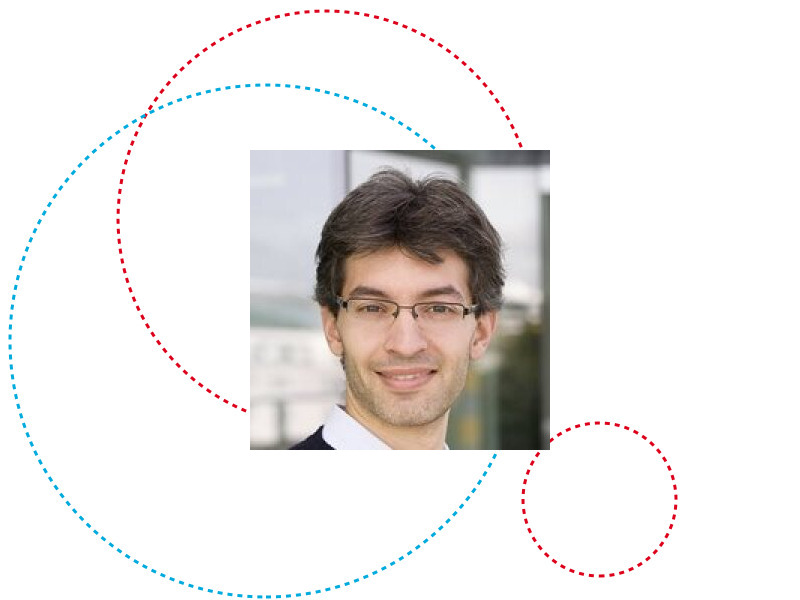Abstract
If a variable other than forward rates predicts future bond excess
returns, it must also provide information on the future path of
yields. We show that the difference between the natural rate of
interest and the current level of monetary policy stance, dubbed
Convergence Gap (CG), forecasts changes in yields and helps
identify whether forward rates reflect expectations of future yields
or risk premia. Compared to a model with only forward rates,
adding the CG significantly raises the R2 in the forecasting
regression of bond excess returns and delivers bond risk premia
that are more countercyclical. The importance of CG remains
robust out-of-sample, and in countries other than the U.S.
Further, its inclusion brings significant economic gains in the
context of dynamic conditional asset allocation. Overall, our
results suggest that forward rates remain the predominant
predictors of bond risk premia once the effect of time-varying
expected yield changes is properly controlled for.
